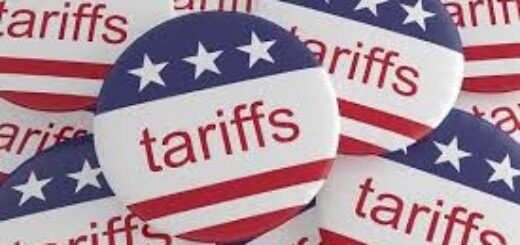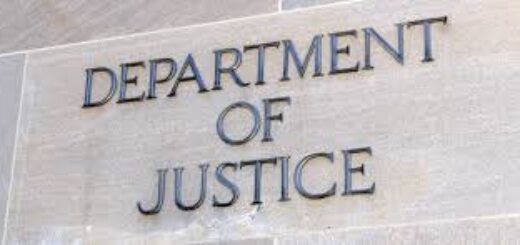Five Steps to Take When an EPA Inspector Knocks
 I am happy to welcome Tom Echikson from LeClairRyan to Corruption, Crime & Compliance. Tom has practiced environmental law for 25 years and is based in Washington, D.C. His bio is here. He can be contacted at [email protected].
I am happy to welcome Tom Echikson from LeClairRyan to Corruption, Crime & Compliance. Tom has practiced environmental law for 25 years and is based in Washington, D.C. His bio is here. He can be contacted at [email protected].
A question I often am asked is “What can and should our company do when it receives an information request from EPA or an EPA inspector shows up unannounced at one of our facilities?” This is an excellent question in light of EPA’s extremely broad authority to conduct investigations and collect information from the companies it regulates. It also is highly relevant now given EPA’s aggressive enforcement posture.
So what should you do. There are five steps every company caught in EPA’s enforcement crosshairs should take.
- Upon arrival of EPA inspectors, request their credentials and determine why they are inspecting. If criminal inspectors are among the group, counsel should be notified immediately.
- Determine the scope of the inspection. Ask whether the inspectors intend to collect samples and review records and what areas of the facility will be inspected. EPA inspectors should not be permitted to wander around facilities unaccompanied by facility personnel and are subject to the same health and safety requirements (and training) applicable to all facility visitors.
- Accompany the inspectors during the investigation and monitor and record their activities. Make sure management or counsel is present if the inspectors questions employees. Employees should be instructed to answer questions only if they are certain of the answers. The goal here is to understand EPA’s enforcement focus and to ensure that a proper record is made of EPA’s inspection. Which brings us to the fourth step.
- Request split samples and copies of any photos or videos taken by the inspectors. Take your own photos/video of the items filmed by the inspectors. Keep a record and copy of any documents provided to the inspectors. The facility should inform the inspectors that any trade secret or confidential business information provided is protected from public disclosure. Ensuring a complete and proper record of the inspection can help to resolve possible disputes and misunderstandings between EPA and the company.
- Suspend routine document destruction and implement a document hold for documents and information related to the areas inspected by EPA or about which EPA is inquiring. As with any government investigation, it is of paramount importance to avoid spoliation of evidence.
Incorporating these actions into your response plan will not prevent EPA from pursing enforcement should the Agency identify noncompliance. What they can do, however, is to place your company in the best position possible to respond to EPA’s allegations and to constrain the fallout from EPA’s enforcement activities.
If you operate in a highly regulated industry which falls within one of EPA’s priority enforcement areas, it would be wise to instruct your employees now on this five step response plan.
















Excellent advice. I would add or interject one additional step: namely, request an exit interview to balance and/or mitigate any negative findings.
I agree entirely with this advice and the comment recommending a concluding conference at the end of the inspection. I have been dealing with these kinds of problems for more than 30 years.
These are good pieces of advice to which I would add – always treat the inspector(s) in a reasonable businesslike manner. While this may be hard to do under certain circumstances, there is no benefit in antagonizing the inspector(s) that may only work harder to conjure up issues. The closing conference/exit interview suggested by the other readers is an excellent point.